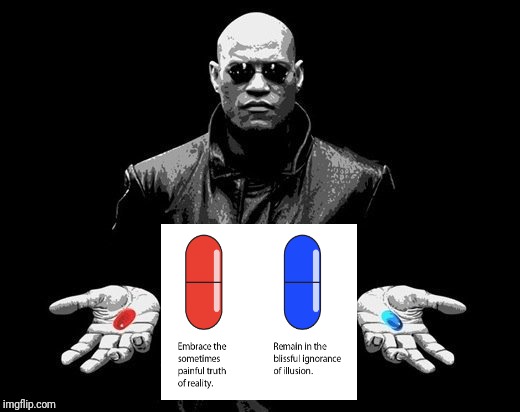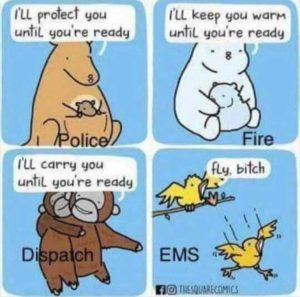Because the science is evolving on COVID-19, we know that the end lessons from this may be different. But I’d like to throw of my early observations out early for consideration.
First and foremost, all of the EMS grants, training, and attention paid to tactical EMS, mass shootings, explosives, and weapons of mass destruction, the real test and draining of EMS has come from an unrelenting call volume brought on by a novel, pandemic respiratory virus. None of the MOLLE gear and self-absorbed incident command classes are worth much in this. Except for one aspect of incident command — namely logistics.
Second, we’ve once again learned that EMS has little surge capability. I’ve discussed this before. And most EMS (and fire) services that have transitioned from being rural/suburban combination organizations to small paid departments claim they can rely on mutual aid. That’s well and good until EVERY system is facing the same demands. Then, you’re waiting for the state and federally contracted providers to deploy within the week. Maintaining a part-time and/or volunteer program helps relieve some of the stress on the system.
Next, if there’s one key lesson to be learned from this pandemic, it’s that EMS needs better personal protective equipment (PPE) and infection control practices above and beyond parroting the buzzword “BSI.”
In that light, I’d hope that after this, every EMS system makes appropriate PPE available. And that needs to include changes of uniform. (I’ve lost count of how many EMS services think that the part time guy only needs one uniform shirt and nothing else.)
My recommendation for after this is to have an adequate supply of surgical and N95 masks on each rig along with appropriate cleaning supplies. Everyone should get at least 2 complete changes of uniform. Ideally, there should be a couple of pairs of scrubs on board the ambulance/response vehicle in the event you have to decontaminate before returning to the station.
I’d surmise that many of the logistics problems EMS faces stem from two things. Number one, we stink at public outreach and education. Most people don’t even think about EMS. Second. we’re not sure if we’re healthcare or public safety. That makes it harder for us to access those things reserved specifically for healthcare — or traditionally provided to healthcare organizations. It took advocacy from the American Ambulance Association to make Amazon’s healthcare specific “store” open to EMS organizations. And at least anecdotally, the public health bureaucracy which administers the majority of the pandemic response often forgets about the needs of EMS. In fact, I’m not unfamiliar with disaster response from both my career in state government as well as my EMS work — and I’m still not sure what, if anything, EMS is getting from the Strategic National Stockpile.
What would I like to see happen? I’d like to see proper preparation for the next time, because there will be one. And I’d like to see adequate supplies of both equipment and personnel. But being an attorney with experience in government, I’m a realist. And considering this experience. I am cynical enough to have a good guess of what will happen. There will be a massive initial push to get all of this done. There may even be Federal grant money to make this happen. 99.9% of the Federal grant money will be awarded to departments that don’t really need the money. 99.9% of said awarded equipment will dry rot and expire in a warehouse. Some TV newscast will run a story on “a storeroom full of stuff that no one uses” and the stuff will be surplused. Then when COVID-2023 makes its debut, we’ll be right back at square one.
The other thing my cynicism has convinced me of is that the majority of the funds made available for the next pandemic will go to the various public health bureaucracies, certain hospital networks, and the politically connected fire services. Why? Because those are the people with the political savvy to navigate the legislative, bureaucratic, and grant processes.

